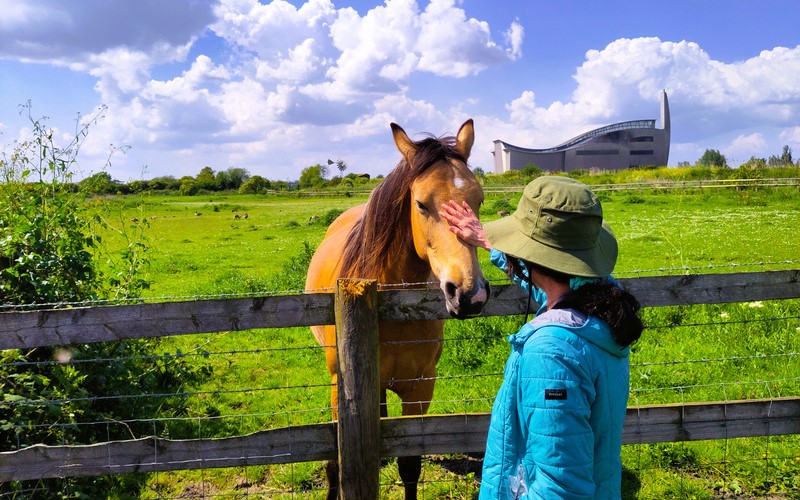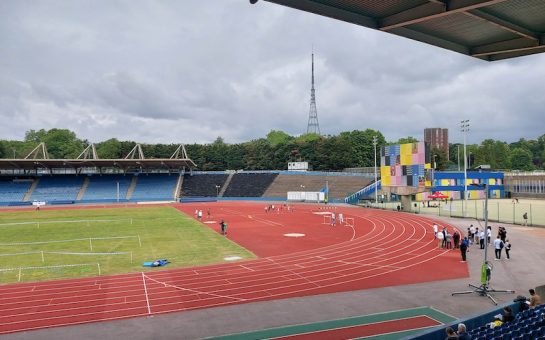Plans to build carbon capture facilities on a Bexley nature reserve passed a key milestone on Monday and must be decided within six months.
The proposal has been a point of contention since 2023, when waste management company Cory, which runs an energy generating incinerator near Crossness Nature Reserve in Belvedere, applied to build a carbon capture plant on 2.5 hectares of the reserve’s land.
The plant is intended to reduce emissions from Cory’s energy waste operation, capturing carbon dioxide produced by the incinerator and transporting it to the North Sea, where it can be stored in the seabed and prevented from going into the atmosphere.
Richard Wilkinson, project director for Cory’s decarbonisation efforts, said in a statement: “Our proposals would allow us to capture c.1.4 million tonnes of CO2 from the waste management process each year.
“This represents a significant proportion of London’s overall carbon footprint and will make a vital contribution to the city’s ambitious net zero targets.”
Successive governments have described such carbon capture technology as essential for the UK’s net zero aims, and this aligns with the treatment of Cory’s proposed plant as a Nationally Significant Infrastructure Project.
Now arguments for and against the development have been heard, and an overall recommendation is set to be made within three months to energy secretary Ed Miliband, who will then have a further three months to decide whether construction should go ahead.
Laurence Pinturault, 63, a member of the Save Crossness Nature Reserve campaign group, said: “It is perverse to sacrifice nature reserve land to serve some climate objectives, which the nature reserve is already, to some extent, serving.”
She is doubtful of the company’s claim the plant will capture at least 90 per cent of carbon emissions from incineration, and suggested there are alternative sites and more efficient layouts that weaken Cory’s case for building on reserve land.
Crossness Nature Reserve is a 25-hectare site maintained by Thames Water and is one of the last remnants of Erith Marshes, a habitat that once extended along the south bank of the Thames from Woolwich to Erith.
It is home to many species, including water voles, which are endangered in Britain, and is designated as a Site of Metropolitan Importance for Nature Conservation, a designation that is only permitted to be built on in exceptional circumstances where mitigation of harm can be proven.
As part of the mitigation outlined in Cory’s proposal, more land will be brought under nature reserve designation, said Wilkinson, increasing the size of the reserve to 31 hectares overall.
He said: “This means that, even though we’ll be using some of the existing nature reserve to deliver our plans, we’ll improve what’s there, make it bigger and improve public access to it.”
Save Crossness Nature Reserve has maintained that the additional land can’t mitigate the loss because it isn’t the same kind of habitat as that which Cory proposes to build on.
Some of the land was also previously used as mitigation for the construction of the nearby Veridion Business Park.
Cory has made submissions to the Planning Inspectorate arguing that this prior mitigation has expired, but Pinturault described it as a “double-counting” of ecological benefit.
Once the energy secretary has made a decision on the development, the only recourse for the losing side will be making a challenge to the High Court.
Pinturault said: “It has been a real David and Goliath battle, with [Cory] deploying massive resources with many technical experts when we are a small grass roots campaign made up of local people.”
Featured image: Laurence Pinturault





Join the discussion